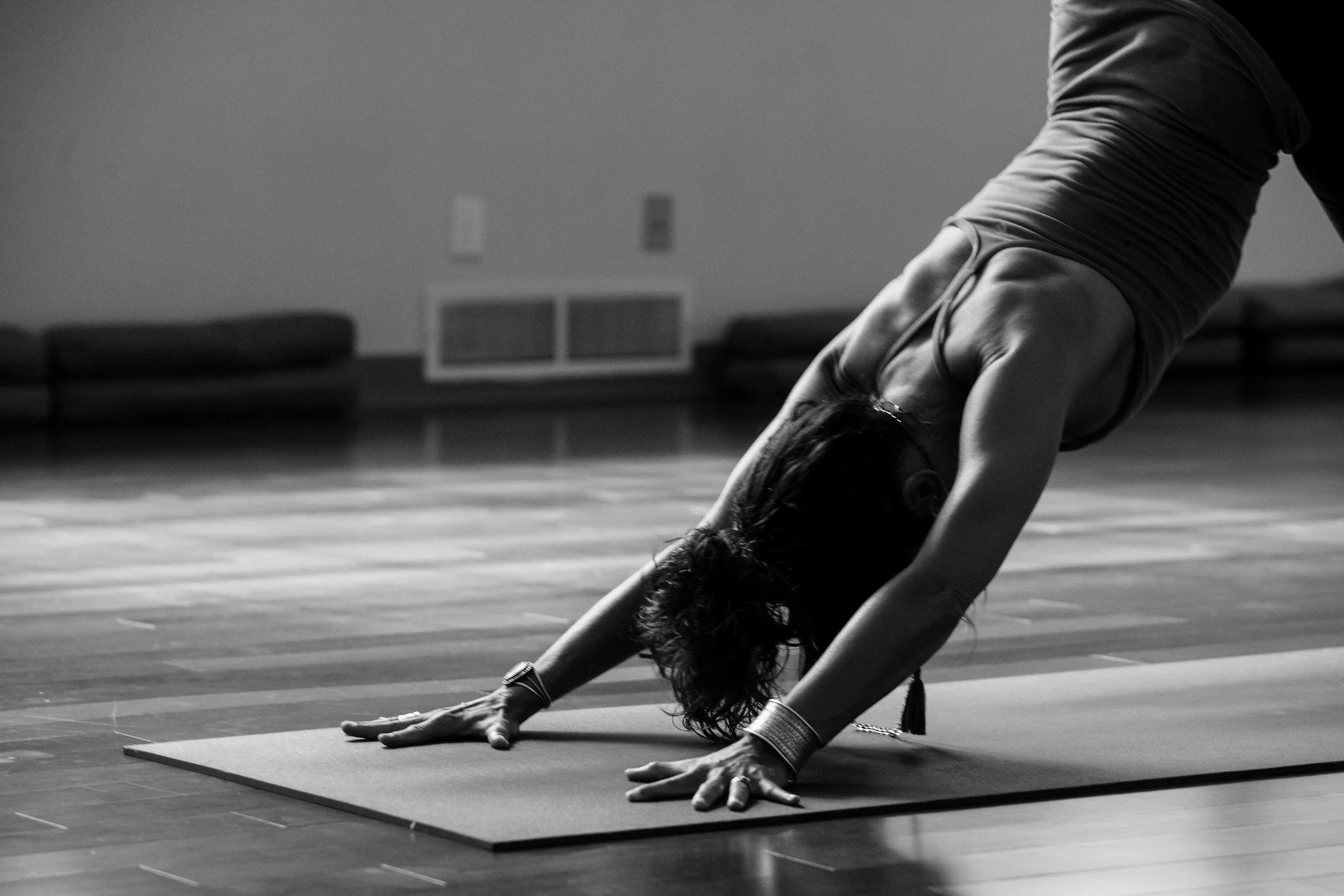Integrating Wellness into Mixed-Use Projects: Why Health-Centric Design is the Future
by Claire Savill, Consultant
Wellness has moved from a luxury to a necessity in urban living and the built environment plays a pivotal role in shaping our daily experiences and, consequently, our well-being. Today’s residents expect more than just a place to live; they want environments that support their physical and mental health.
This growing demand for wellness-centric design recognises that buildings are not merely structures but contributors to the overall quality of life and has led to a shift in design philosophy, particularly in mixed-use developments, where wellness is becoming the core focus.
A wellness approach considers not just the physical design of a space but its impact on the emotional, social and mental health of its users. Generally, this can be categorised into five areas:
Health and fitness
Spaces that encourage physical activity and healthy behaviours such as fitness amenities (gyms, swimming pools and outdoor spaces that encourage movement), promotion of healthy food options, biophilic design to foster connection to nature, quiet rooms for wellbeing practices i.e. meditation and active design promoting movement such as taking the stairs, standing desks etc.
Safety and security
Providing peace of mind via enhanced security systems i.e. smart phone enabled access control, emergency response plans, calming colours, restorative lighting and textures i.e. wool, that promote a sense of comfort.
Accessibility
Irrespective of age and ability, it is essential to promote inclusivity and wellbeing both physically - wider doorways, non-slip flooring, accessible fixtures – and socially - promoting interaction and connection in shared outdoor spaces, workspaces and kitchens.
Functionality
Promoting efficiency, productivity and incorporating smart technologies is a modern necessity in Mixed-Use projects, alongside ease of use via flexible floorplans and spaces that can be easily adapted.
Comfort and joy
Often a subjective response however real estate certifications such as WELL provide evidence-based design, policy and operational strategies to improve health and wellbeing plus the inclusion of comfortable and ergonomic furnishings, artwork, sculptures, natural materials, plants and representations of nature.
Through our hereSAY research, we are seeing an increase in people seeking environments that not only provide shelter but also promote health. Equally through our design for management and consultancy work we see developers prioritising wellness-driven design to drive market appeal, increase property values and attract tenants and investors alike.
Examples like Battersea Power Station show wellness-focused spaces are becoming integral to modern developments. Public spaces designed for social interaction foster stronger community bonds alongside thoughtful retail strategies such as ThirdSpace leisure centre enhance both individual and collective well-being.
As the demand for health-oriented living spaces grows, wellness-focused design is more than just a passing trend – it’s a transformative force that places human health at the core of urban planning and development. At SAY we are committed to reflecting these values in our work, ensuring that the future of urban living is not only vibrant but health centred and sustainable.
For more information on how you can better incorporate wellness into your scheme, get in touch now.







